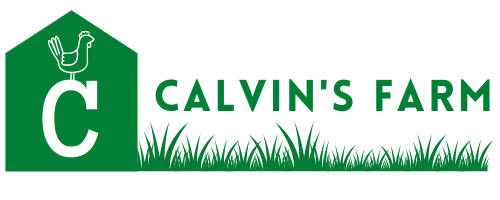How much does it cost to produce an egg?
This is an important question when you are looking at the viability of small farming. Let’s approach this question by asking: ‘what does a chicken need to survive.’ Based on my observations this past month, I can tell you that you need at least the following conditions to keep a chicken happy: Land, water, shelter, and food.
Before we start, let’s go over the differences between capital and expense. Capital is something that you buy once, and can use for a long time (ex. nesting boxes). An expense is something that you have to continuously buy over and over (ex. food)
Let’s start with the capital first. To keep things simple, let’s assume that all of the capital costs are in place and we’ll just evaluate the steady state expenses to produce an egg.
- Land: If you get a chicken, you’re going to have to put it somewhere.
- Shelter: Chickens need to have some form of shelter to protect themselves from storms and predators (typically hawks), and to sleep at night. This would be the chicken coop, but sometimes they like to hide under some big bushes.
Now that we’ve got the capital out of the way, let’s move on to the expenses.
- Water: Like every other living creature, chickens are going to need water to survive. Water is an expense if you use city water or something similar, but you can make it free by having a well or collecting rainwater. We have our own well, so we will mark water as free. Clean drinking water is an extremely undervalued resource in our society today, but we’ll evaluate that during another homeschool lesson.
- Food: The last thing that chickens need to survive is food. They eat normal chicken feed, bugs, grass, and left over table scraps.
The only thing here that has a cost is the chicken feed (the majority of what they eat), which costs approximately $0.25 per pound. Each chicken eats 0.30 pounds of feed each day, and when you multiply that to the cost per pound, you get $0.08 for your cost per chicken per day (we’re going to round that up to $0.10). So, assuming every chicken lays one egg every day, it costs $0.10 in feed to produce an egg.
Now that we know everything a chicken needs to survive, lets go over some of the other things required to produce an egg. Again, we are going to start with the capital, and assume that those costs are already in place.
- Nesting Boxes: Nesting boxes are necessary if you want to have an organized egg collection system. It is best to buy many of them and put them inside the chicken coop in a place where it is easy to collect.
Next, let’s take a look at the expenses.
- Bedding: Bedding is important for keeping your chickens warm in the coop. A fresh bedding change is necessary once in a while.
For us, bedding costs $6.00 per package, and we get a new one about every month. If you divide $6.00 by one month (30), you will get $0.20 of bedding per day. Divide that by 28 (the amount of chickens we have), and you’ll end up with less than $0.01 of bedding per egg.
- Labor & Maintenance: There is a lot of labor and maintenance involved with chicken farming. Collecting the eggs every day, laying out new bedding, filling up the feed, and fixing things that are broken are just a few of the tasks associated with chicken farming. For the sake of this lesson, we will assume that this does not have a cost.
- Transportation: Transportation to get to places to buy supplies (feed, bedding, etc.), is an important expense that many people might forget.
For us, it takes about $16.75 for a round trip to the local Tractor Supply Co. We go roughly every other week, so if you divide $16.75 by 14, you will get $1.2 of transportation per day. Divide that by 28, and you’ll get a total of $0.04 of transportation cost per egg.
- Cartons & Labels: Technically, this has nothing to do with producing eggs, but it’s how we package them and give them to you.
Each of our egg cartons are $0.80 per carton ($0.07 per egg), and our custom Calvin’s Farm labels are about $0.11 ($0.01 per egg).
- Contingency: Just in case we forgot anything, we’re going to account for any contingencies.
Let’s make this $0.03 per egg.
In summary, it takes a lot of time, effort, and resources to produce an egg. If you add up all the expenses, you will get a grand total of $0.26 to produce one egg. Multiply that by 12, and we get $3.12 to produce one dozen eggs.
